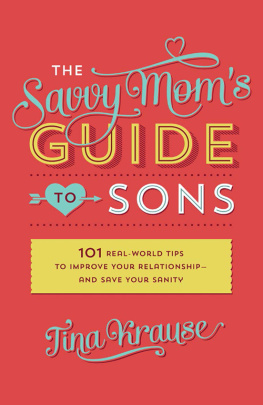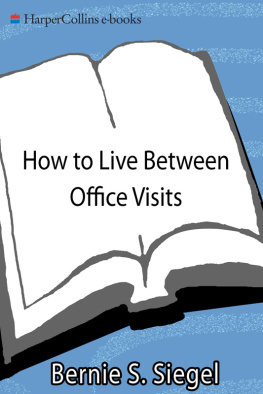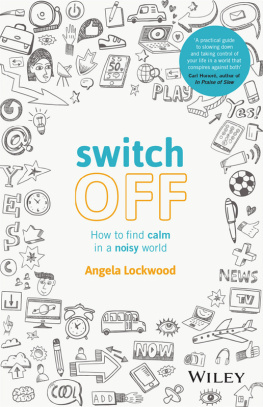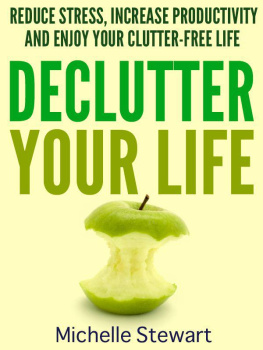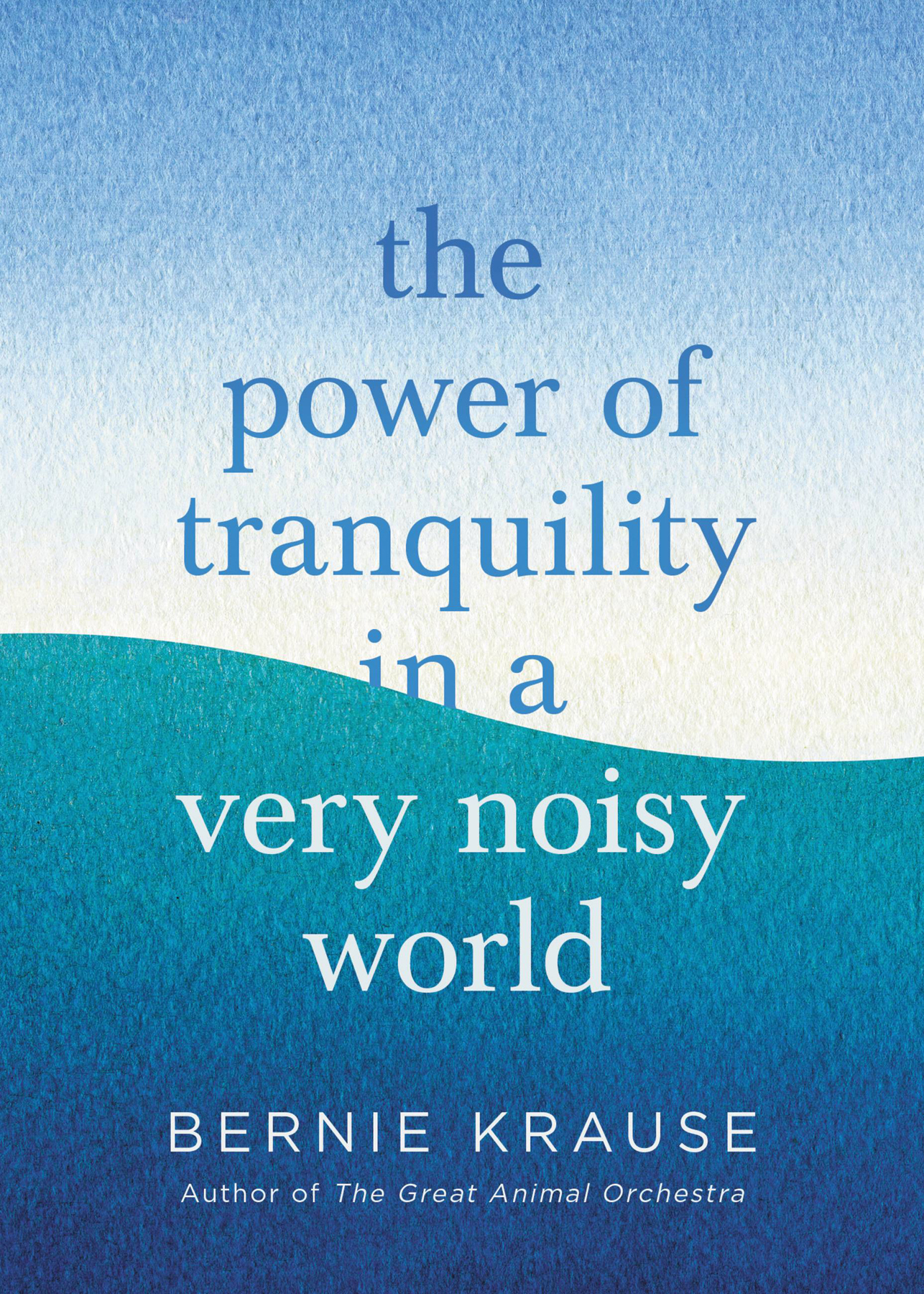
Copyright 2021 by Bernie Krause
Hachette Book Group supports the right to free expression and the value of copyright. The purpose of copyright is to encourage writers and artists to produce the creative works that enrich our culture.
The scanning, uploading, and distribution of this book without permission is a theft of the authors intellectual property. If you would like permission to use material from the book (other than for review purposes), please contact permissions@hbgusa.com. Thank you for your support of the authors rights.
Little, Brown and Company
Hachette Book Group
1290 Avenue of the Americas, New York, NY 10104
littlebrown.com
twitter.com/littlebrown
facebook.com/littlebrownandcompany
First ebook edition: September 2021
Little, Brown and Company is a division of Hachette Book Group, Inc. The Little, Brown name and logo are trademarks of Hachette Book Group, Inc.
The publisher is not responsible for websites (or their content) that are not owned by the publisher.
The Hachette Speakers Bureau provides a wide range of authors for speaking events. To find out more, go to hachettespeakersbureau.com or call (866) 376-6591.
Photo credit : Katherine Krause, 2021 Wild Sanctuary. All rights reserved.
ISBN 978-0-316-42104-1
E3-20210728-JV-NF-ORI
To Al Young
and the memory of
Stuart Gage
What is essential is invisible to the eye.
Antoine de Saint-Exupry, The Little Prince
T he closest Ive come to an authentic holy rendezvous was on a gentle October afternoon more than half a century ago. I had gone alone to a small suburban park just north of San Francisco. My mission that day was nothing special. It was simply to record natural sounds for an album my late music partner, Paul Beaver, and I were creating for Warner Bros. The album, In a Wild Sanctuary, was to be the first of its kind dedicated to the theme of ecology, and also the first to incorporate entire soundscapesurban and naturalmixed as components of the orchestration. That moment was also my first attempt to record sound outdoors.
As luck would have it, portable stereo tape recorders had just been introduced and Paul and I had been given one of the early models to experiment with. I knew nothing about recording outside and was, frankly, a bit unnerved about what dangers I might encounter, even in a carefully managed public park replete with well-marked trails and signage. All of my sound work to that moment had been from an interior perspectivestudios or film sound stagesplaces mostly without windows or connections to the earthly world beyond. It had never crossed my mind that there was another domain that could offer so much gratification, so many thrilling encounters, so much splendor and, moreover, a remedy for my lifelong affliction with ADHD. These feelings, mostly unexpressed in the insulated childhood biome where I spent my early years and in the places I would later work as a young adult, were freighted at that instant of recognition with a measure of uncertainty and trepidation. But by midafternoon on that fall day, the trajectory of my life had already changed.
In the late sixties, most fall off-season weekdays in the park drew very few visitors. There were certainly none in sight where I had set up to record. I was alone with no distractions. Standing by a small stream in the dappled shade of the redwood trees, listening to the soundscape through my earphones, I was immediately struck by an overwhelming impression of sanctity so unexpected and emotionally powerful that it almost brought me to tears. It wasnt completely quiettrue silence (or no sound) in the living world is rarely, if ever, encountered. A slight autumn breeze wafting through the forest canopy from the ocean just to the west combined with the soft trickle of water from a nearby stream made me feel calm for the first time that day. A pair of ravens passed overhead, the edge tones of their wingbeats marking a course through the sky above as the birds soared off into the distance. Every acoustic element enhanced the vast illusion of space transmitted through my new headphones. There certainly was sound. But what was it about those particular resonances that caused such an intense effect unknown to me before? For one thing, the noises that always made me feel on edge and wary in the city were nearly inaudible except for remote traces of park construction off in the distance. Mostly, though, I had found for myself a measure of tranquilitythe kind that set in motion a direction and appeal I would follow for the rest of my time on this planet.
Before that event, the noise in my life had been a constant din of acoustic distraction, an unhealthy condition magnified by my ADHD and consequential hypersensitivity to noise of any kind. Yet, I was drawn to noise, like a moth to a flame, for the same reason any of us are seducedbecause it creates the allure of action, curiosity, competition, and pursuit of the tenuous that I, and too many of us, cannot seem to live without.
Because of poor eyesight, my life has always been primarily informed by what I hear. From the time I first saw a picture of a recording studio when I was four or five, my goal was to become a professional musician. I had a violin in my hands by the time I was three and a half. At four, my violin teacher introduced me to composition. By thirteen, although I showed some promise, I became bored and switched to guitar, learning all styles thinking I would be able to study at college level. Then I got the first of many big life surprises: When I applied to Juilliard, Eastman School of Music, and the music department of the University of Michigan in 1955, a palliative effect on stress and anxiety. Our bodies know when things are right.
The Power of Tranquility in a Very Noisy World revisits that journey. Bit by bit we will discover what each one of us can do to realize the healing powers of positive acoustic encounters while, at the same time, reducing or eliminating the effects of the toxic sonic habitats that most of us find ourselves surrounded by. Ill explore with you the difference between harmful noise and the signals that make us feel good, between noise as a stressor and soundscapes that serve as an emotional and physiological naturopath and productivity stimulator. By books end you will have been introduced to techniques for eliminating unhealthy sounds in favor of restorative signals to be found primarily in natural world settings, ancient protosymphonies that are being revisited for their healing propertiessome in your own neighborhoodsin effect, yoga for the ear.
But first, its important to unravel the distinctions between noise, and therapeutic resonance. Well do that through short forays into the environments where we all live. Follow these easy suggestions and youll discover what a wide variety of sound signatures represent; which ones you like, which ones you dont, and why. Think of the first chapters as a kind of ear-arousal, a form of sonic Rosetta Stone on the one hand, and acoustic sanitizing exercises to help you reengage as we were originally meant to listen to the world on the other. Then, Ill explain the toxic effects of noise in our environments, what produces them, and what, individually and collectively, we can do about it. Finally, well embrace the kinds of acoustic decisions that transform our lives into nourishing, vibrant adventures.
People often ask, If I want that more tranquil life you speak of, what can I do? Its not what we have to do to reach this state of tranquility. Its what we


